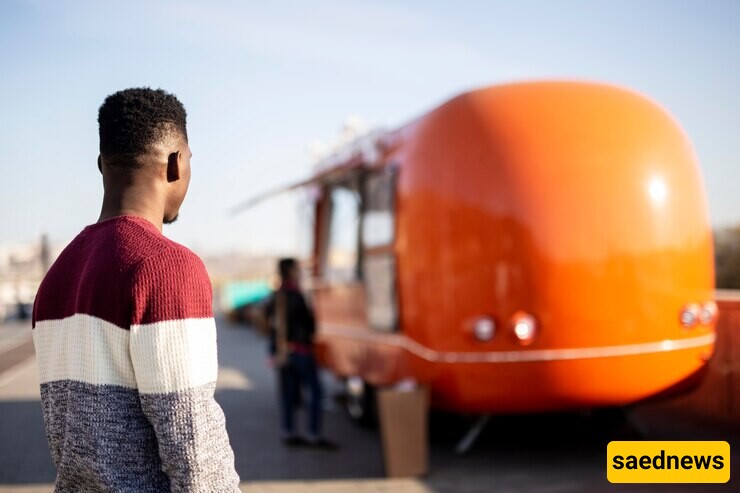SAEDNEWS: Hyperloop technology promises to revolutionize transportation with its high-speed, efficient, and sustainable system. By merging innovation with practicality, it could redefine how we travel and connect cities worldwide.

According to SAEDNEWS, imagine traveling at speeds exceeding 600 miles per hour in a vacuum-sealed tube, bypassing traffic congestion and reducing travel times drastically. Hyperloop, a concept popularized by Elon Musk in 2013, aims to make this vision a reality. Combining advanced technology and sustainability, it represents the next frontier in transportation.

Hyperloop uses low-pressure tubes to transport passenger pods at extraordinary speeds. Magnetic levitation (maglev) lifts the pods, while linear electric motors propel them forward, reducing friction and energy loss. Unlike traditional trains or airplanes, Hyperloop operates in near-vacuum conditions, eliminating air resistance. This unique feature allows for ultra-fast, smooth, and energy-efficient travel.
Hyperloop systems are designed to reach speeds up to 760 mph, making a trip from Los Angeles to San Francisco possible in just 30 minutes. This speed rivals air travel while offering a more seamless experience. By minimizing friction and using renewable energy sources like solar power, Hyperloop systems are more energy-efficient than planes or cars. This reduces both operational costs and environmental impact.
With a focus on renewable energy, Hyperloop is a clean transportation solution. Its infrastructure is designed to minimize emissions, making it a key player in the fight against climate change. The compact design of Hyperloop infrastructure, often elevated on pylons, reduces the need for extensive land use, preserving natural habitats and minimizing urban disruption.
Hyperloop has the potential to connect cities and regions like never before. By drastically reducing travel times, it can create "mega-regions," fostering economic collaboration and reducing urban overcrowding. The construction, operation, and maintenance of Hyperloop systems are expected to generate thousands of jobs, driving economic growth and technological innovation.

High Initial Costs
Building a Hyperloop system requires significant investment in infrastructure and research. Critics question its financial feasibility, especially in developing regions.
Safety Concerns
Traveling at extreme speeds in a vacuum tube raises questions about passenger safety. Engineers must address challenges such as emergency evacuation and structural integrity to gain public trust.
Regulatory Hurdles
Governments must develop new regulations to accommodate Hyperloop technology, a process that can delay its implementation.
Virgin Hyperloop is a leader in the race to commercialize this technology. In 2020, it successfully tested its passenger pod system, marking a significant milestone. Companies like Hyperloop Transportation Technologies (HTT) and Musk's Boring Company are pushing forward with prototypes and infrastructure plans worldwide, including the U.S., Europe, and the Middle East.
As the world faces increasing urbanization and environmental challenges, Hyperloop offers a practical and scalable solution. It aligns with global goals for sustainability and innovation, addressing the need for fast, clean, and efficient transportation. By breaking traditional transportation barriers, Hyperloop has the potential to redefine how we perceive distance and connectivity, shaping the cities and economies of the future.
While challenges remain, Hyperloop represents a bold step toward the future. Its promise of speed, sustainability, and efficiency could transform transportation as we know it, offering a cleaner, faster, and more connected world. The dream of revolutionized travel is on the horizon—one hyperloop at a time.

